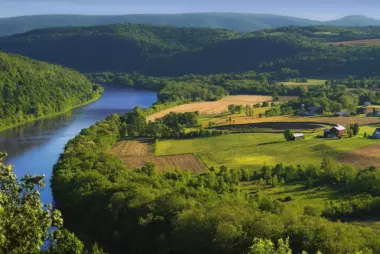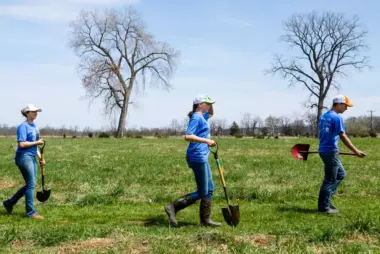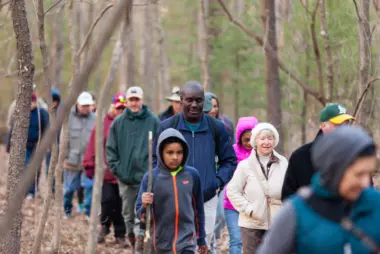Understanding and Supporting Your Agricultural Allies
Local governments have a vested interest in a strong agriculture industry. Agriculture provides many benefits to communities, including locally produced food, agrarian character and jobs. Farmers have a long legacy of protecting natural resources and safeguarding water quality. Local elected officials can work with farmers to achieve outcomes that benefit the agriculture industry, the community and the environment.
Preview presentation and download files
Downloads
Presentations and Fact Sheets
Presentation Assets
Video for Understanding and Supporting Your Agricultural Allies
In this topic you will learn
-
How does agriculture benefit my community?
-
What goals do I have in common with farmers?
-
What can I do to support my agricultural allies?
Downloads
Presentations and Fact Sheets
Presentation Assets
Highlights
Education
Most farmers in the Chesapeake Bay watershed are between 45 and 64 years old, or 65 and older. Without younger generations getting involved or interested in farming, family farms are being sold. You can combat the loss of farmland by highlighting agricultural careers in schools and at public events, and by supporting youth agricultural organizations like 4-H.
Economic Development
There are over 168,000 farms in the Chesapeake Bay watershed, covering 28 million acres. More than 20% of the watershed is used for agriculture. The agriculture industry accounts for more than 184,000 jobs in watershed states. The value of agricultural products sold in the Bay watershed totals $28.1 billion.
Public Health and Safety
Food insecurity disproportionately affects populations that are minority, immigrant, rural, and economically vulnerable. Local agriculture can improve access to healthy foods.
Infrastructure Maintenance and Finance
Tax revenue from the agriculture industry can be substantial. Since farms are often on large tracts of land, they contribute financially to local school systems and other infrastructure.
Case Studies You'll Find Inside
Cattle Farm
Swoope, VirginiaAgricultural Practices Reduce Water Pollution
Bobby Whitescarver enrolled in Virginia’s cost-share program to fence his cattle out of his streams and develop a rotational grazing system. Participating in the program allowed him to distribute watering stations throughout his farm, exclude his cows from calving along steep streambanks and other high-risk areas, reduce local water pollution and make his operation more efficient and more profitable.
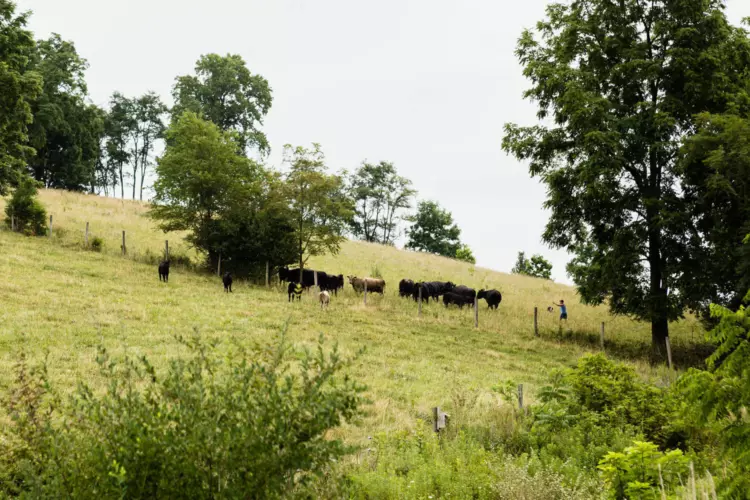
DC Central Kitchen
Washington, D.C.Fighting Food Insecurity
Food insecurity disproportionately affects minority, immigrant, rural and economically vulnerable populations. DC Central Kitchen takes food that regional farms would have thrown out, such as misshapen or bruised produce, and makes meals for homeless shelters, low-income schools and others in need. DCCK also provides job training and fresh produce to corner stores in low-income communities.

Turkey Hill Dairy
PennsylvaniaPartnership Improves Stream Health
In 2018, Turkey Hill Dairy formed a Clean Water Partnership with the Alliance for the Chesapeake Bay and the Maryland and Virginia Milk Producers Cooperative. Dairy farms that provide milk to Turkey Hill are now asked to establish conservation plans and implement on-the-ground practices that prevent nutrients and sediment from entering local waterways. In turn, these farms receive a premium for their milk. The partnership was made possible through funding from the U.S. Department of Agriculture’s Natural Resources Conservation Service and the National Fish and Wildlife Foundation.
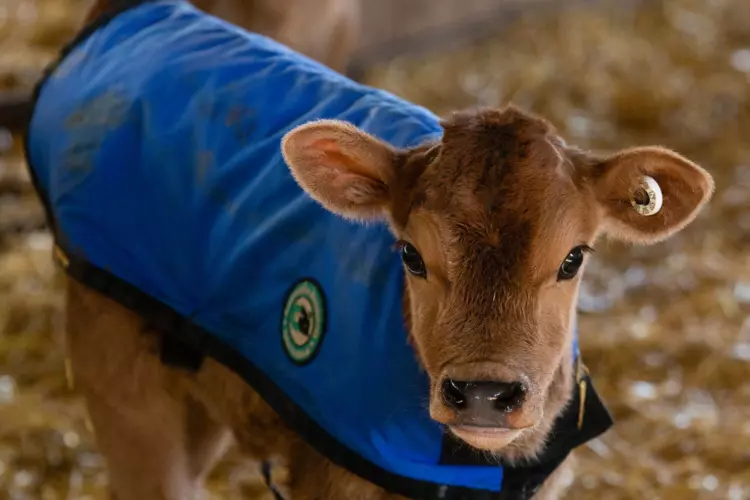
Caernarvon Township
Caernarvon Township, PennsylvaniaZoning Ordinance Protects Agriculture
Caernarvon Township protected local farmland by adopting a zoning ordinance that created an Agricultural District. Within the district, uses must be compatible with agriculture and all future inhabitants must accept the impacts associated with agricultural business. The Township also partnered with neighboring jurisdictions to establish a multi-regional comprehensive plan to protect agricultural, woodlands and watershed resources.
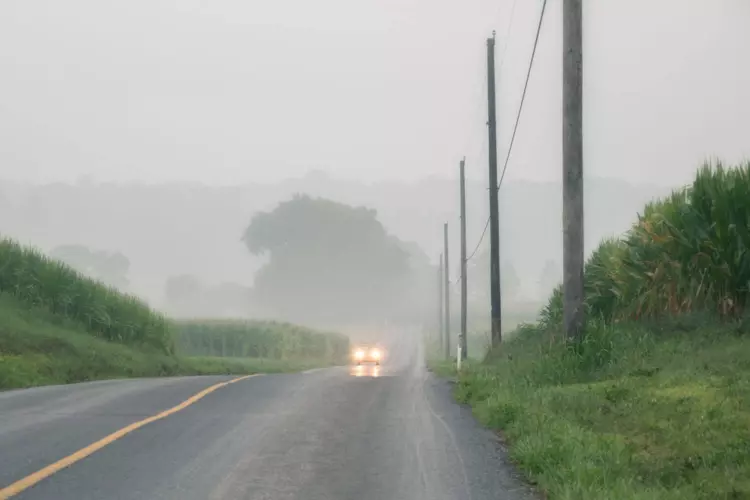
Harford County
Harford County, MarylandConnecting Farmers with Consumers
Harford County created an agribusiness incubator: an inexpensive space, co-located with other new businesses, to give farmers, artists and food processors a place to sell directly to local consumers. The space includes a playground, pavilion and trail system, and brings in hundreds of visitors each month.
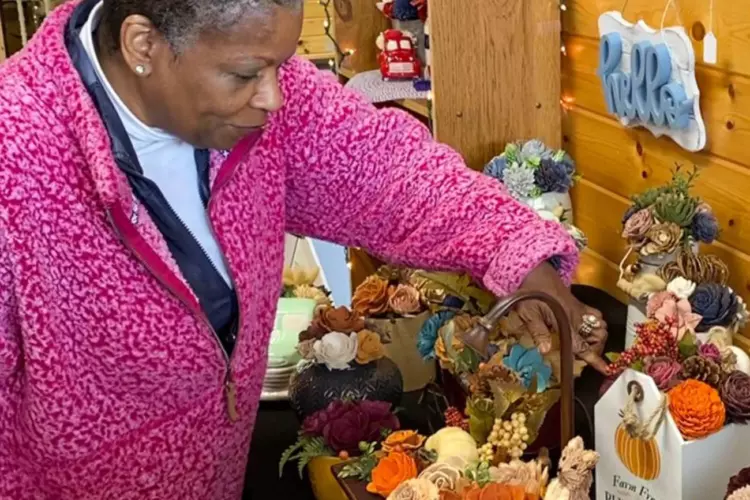
Montgomery County
Montgomery County, MarylandFighting Food Insecurity
The Farm to Food Bank Program purchases produce from local farms for the Manna Food Center, which distributes fresh, nutritious food to county residents challenged by food insecurity.
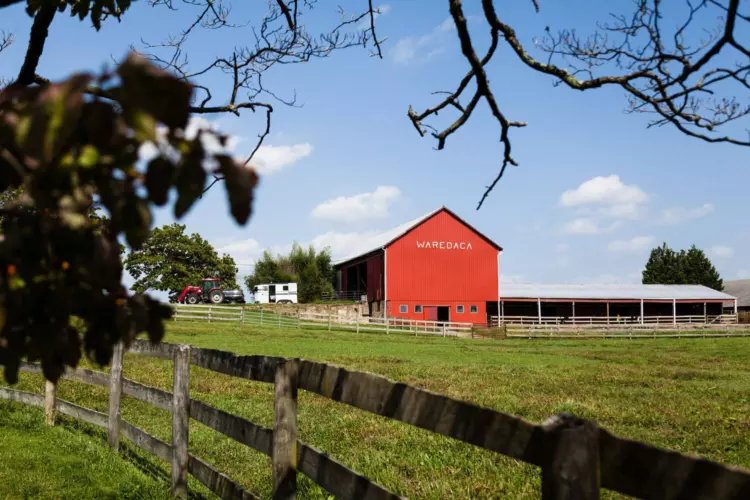
Here's How You Can Help
Learn More About This Topic
Learn how to plan for and protect agricultural lands.
Learn what motivates potential cooperators in West Virginia to enroll a portion of their farmland in the Conservation Reserve Enhancement Program.
Access a series of educational modules to learn about the basic operations of conservation districts.
Learn about the benefits of urban agriculture activities and how to add permissive language to an existing zoning ordinance.
Increase your understanding of agricultural words and phrases.
Learn how one farm’s efforts to improve its soil health have improved its ability to endure more extreme weather.

